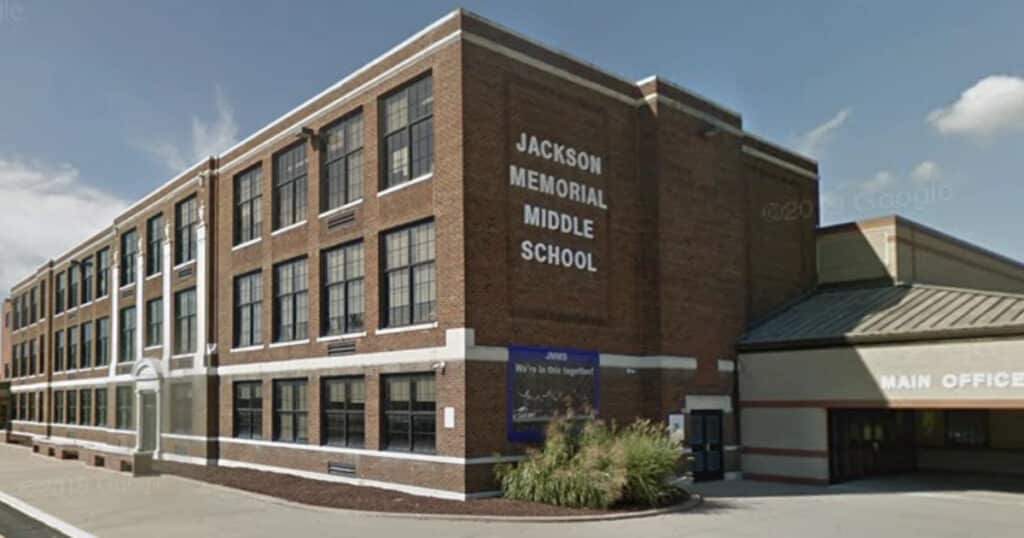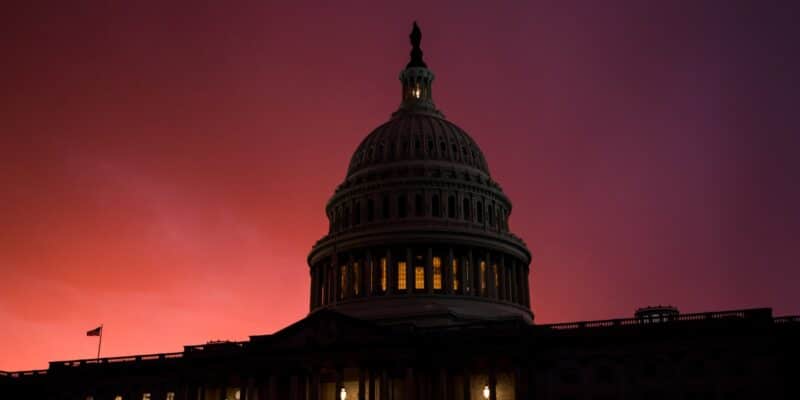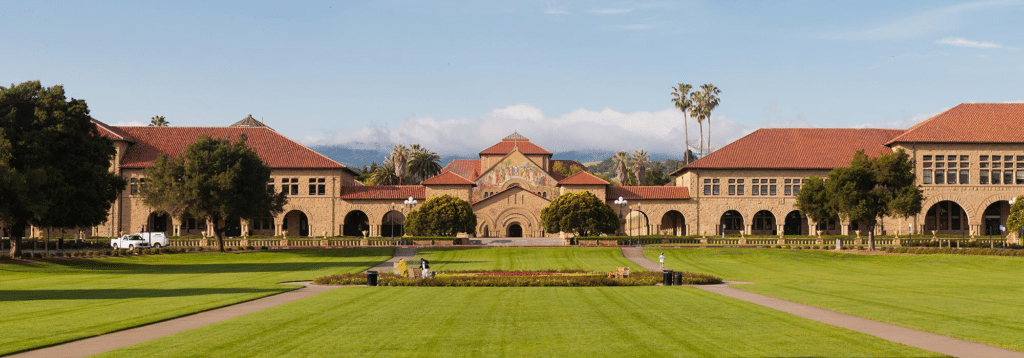
Teachers’ Unions vs. Charter Schools; Or, Money vs. Minds
There is a battle going on in New York that’s unusual in one particular way. It represents one of the few, (maybe the first) time that Governor Kathy Hochul is actually on the correct side of a dispute.
So while we’ll discuss this issue as it applies to New York, the problem actually exists all across the country.
First of all, understand that charter schools are public funded independent schools. They are established by parents, teachers, or community groups under a charter with local or national authority.
In New York, Hochul wants to allow more of them within the city, and of course the teachers’ union is fighting it. The problem the unions have though is that they have no real argument against charter schools.
The Alliance for Quality Education, a group that represents the unions, claims that charters would drain public schools of millions of dollars. Which has been proven to be fallacy. As stated earlier, charter schools are also public schools that charge no tuition to enter.
While some school funding is based on the number of children enrolled, a child leaving one school in order to enter a charter school could cost the original school some funding. Still, less students reduce costs and if the school’s funding is not based on a per pupil basis the school ends up having more money per pupil.
There are really two reasons teacher’s unions want to do away with charter schools. First, most charter teachers do not belong to the union, so charter schools allow them to avoid union dues. Second, in my humble opinion is jealousy.
Charter schools overwhelmingly outperform standard public schools. Here are the numbers for the state of New York:
In the 2018-19, 62.2 percent of charter kids scored as proficient on state math exams compared to just 45.6% at traditional schools. In reading, it was 57.3 percent vs. 47.4 percent. For black students the gap was even greater, 63.9 percent vs. 28.3 percent in math and 58.2 percent vs.35 percent in reading.
So it’s obvious. When kids switch to charters they usually do better. Charter schools have a certain degree of independence that allows them to offer specialized courses and use different approaches to learning, many times they are able to offer the unique programs that students need in order to feel that they fit in.
Charters are especially beneficial for students from disadvantaged communities in America’s urban cities. Studies have shown that charter school attendance significantly improves the urban student’s educational outcomes. It’s part of the reason why a majority of Black and Hispanic Democrats, who disproportionately make up urban neighborhoods, support charter schools.
This is why so many parents are willing to sit on a waiting list in hopes of securing a better education for their children. In New York’s case, there is a cap on the number of charter schools that are permitted in the city. A cap which exists solely for the benefit of the unions.
In spite of the kowtowing to unions, New York public schools have seen enrollments decrease over the last few years. Fed up parents are either home schooling, switching to private schools, or moving out of state.
Defunding charter schools has been a priority for American Federation of Teachers for years. That priority is also shared by leading Democratic politicians who have sleepy Joe’s ear.
As far back as his campaign, Biden promised to crack down on school choice:
“If I’m president in 2020, Betsy DeVos’s whole notion of charter schools will be gone.”
The only reason to crack down on charter schools is special interest politics. The national teacher unions hate charters because they give parents an option to flee failing schools and to look for a better fit for their children. When they do move their kids, it shines a light on where traditional public schooling falls short and is an embarrassment to unions and their leadership.
The goal for public education should be to teach the students and not to do what is best for the unions. In fact, the focus should be on defunding the unions and empowering charter schools.
I went back and looked over the “proficient” percentages for both charter and traditional public schools. Yes, the charters are better, but both are woefully low in math and reading.
What happened to striving for 100 percent? Setting the bar low is not the answer.



